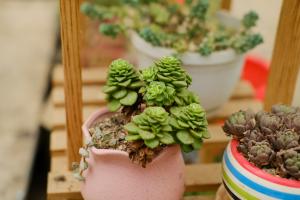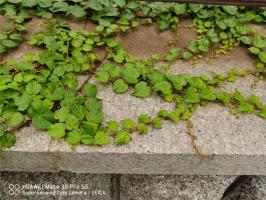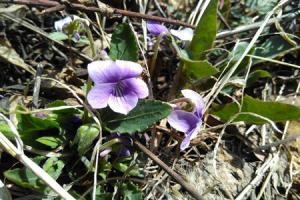Introduction to sapropel
Leaf rot soil, also known as humus soil, is a nutrient soil formed by the decomposition and fermentation of plant branches and leaves in the soil
Sapropel composition
Pure rotten leaf soil is formed by decomposition and fermentation by fungi, so the fiber content is high. Rotten leaf soil can be used as root protection soil for specific trees and shrubs, and can also be mixed into garden soil because it can activate microorganisms needed for healthy growth of plants
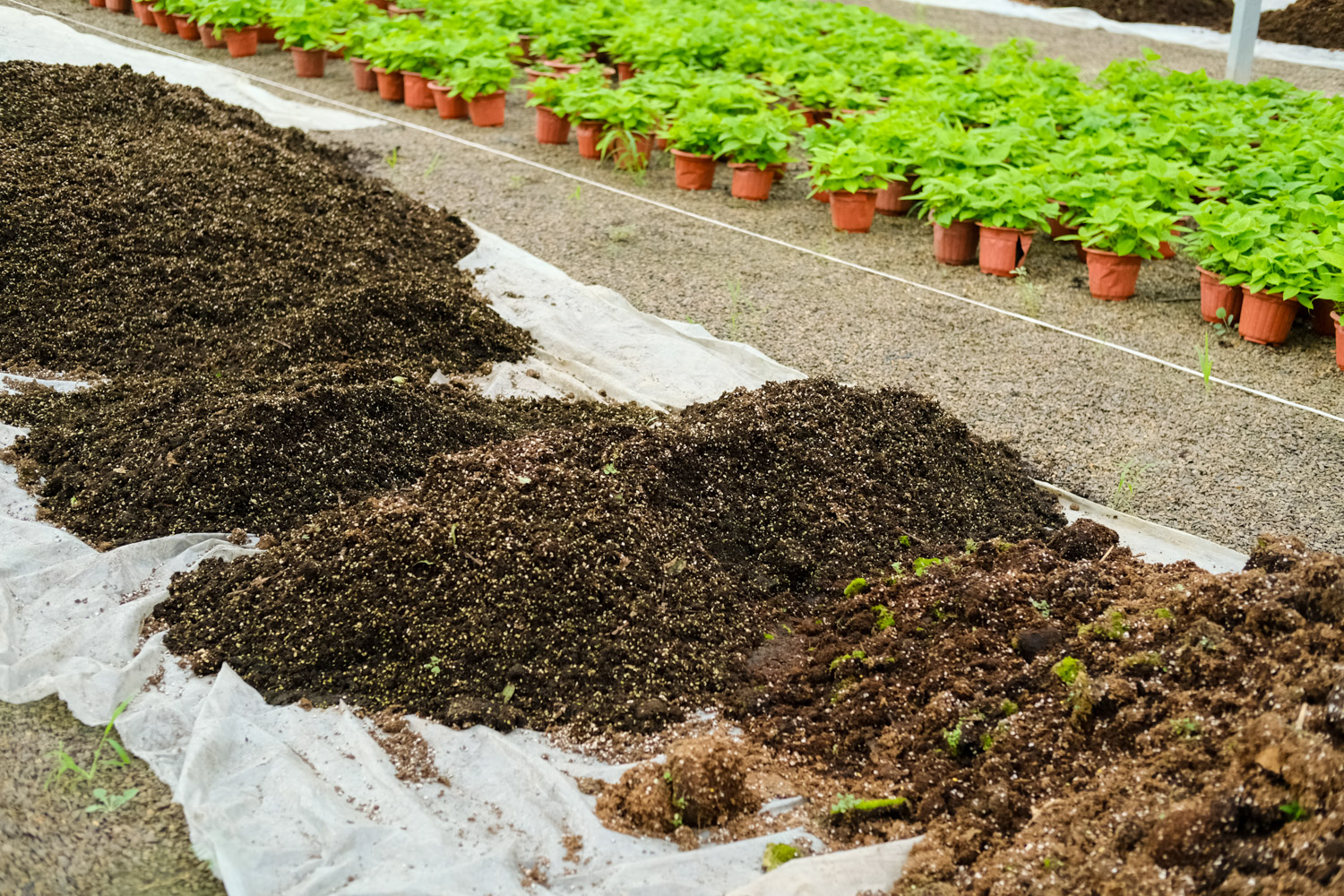
Characteristics of rotten leaf soil
Advantages
First, the rotten leaf soil is light and loose, with good water permeability and ventilation performance
Second, rotten leaf soil has strong ability of water and fertilizer conservation and long sustainability of fertility
Third, the rotten leaf soil is porous, which is not hardened after long-term application and is easy to be absorbed by plants
Fourth, the mixed use of rotten leaf soil and other soils can improve the soil and improve the soil fertility
Fifth, rotten leaf soil is rich in organic matter, humic acid and a small amount of vitamins, auxin and trace elements, which can promote plant growth and development
Sixth, the high temperature in the full fermentation of rotten leaf soil can eliminate harmful bacteria to a certain extent, and there is no smell
Shortcomings
First, rotten leaf soil is easy to cause plant root rot due to poor water control
Second, there are bacteria in the rotten leaf soil directly taken, so it's best to disinfect it before use
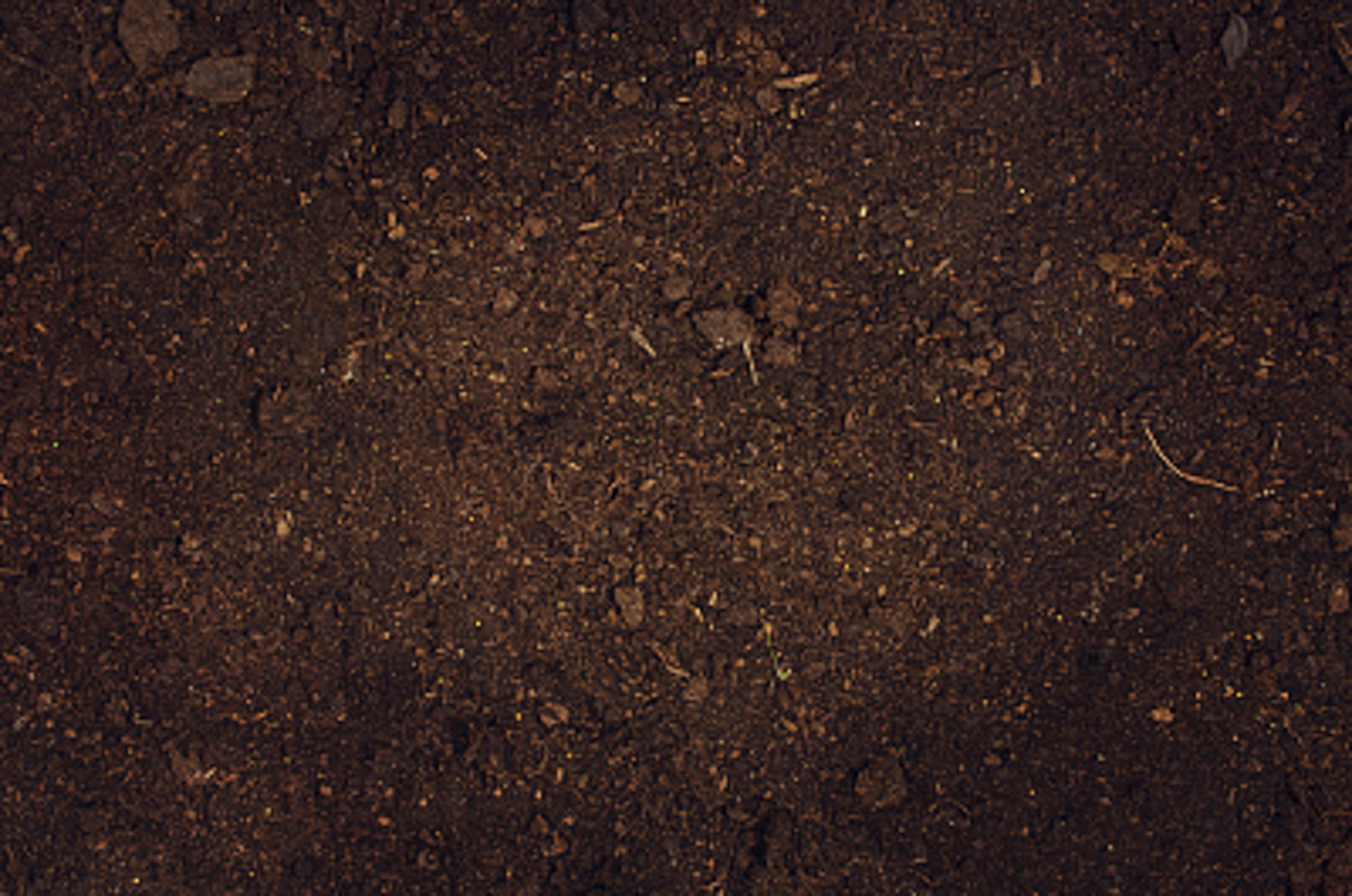
Suitable plants for saprophytic soil
Loose and not easy to harden rotten leaf soil can make plants grow better. Rotten leaf soil can be used as breeding soil for family flowers such as Chlorophytum, green rose and tiger skin orchid. Some flowers can be cultivated directly with rotten leaf soil, such as orchids and rhododendrons. Rotten leaf soil can effectively improve the germination rate and accelerate the growth and development of seedlings. It is an ideal soil for flower cultivation< span>

 jackfruit
jackfruit snake plant
snake plant hibiscus
hibiscus hydrangea
hydrangea lavender
lavender Green roses climb al...
Green roses climb al... If you don't pay att...
If you don't pay att... Management of four g...
Management of four g...

